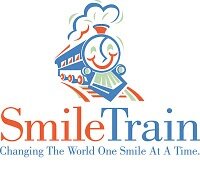 Although changes in your skin are the obvious answer to the appearance of aging, there may be a deeper underlying issue that is to blame. A new study in the January 2011 Plastic and Reconstructive Surgery journal says that the appearance of aging is not only caused by changes in the skin, but also stems from aging of facial bones.
Although changes in your skin are the obvious answer to the appearance of aging, there may be a deeper underlying issue that is to blame. A new study in the January 2011 Plastic and Reconstructive Surgery journal says that the appearance of aging is not only caused by changes in the skin, but also stems from aging of facial bones.
Authors of the study, Dr. Robert Shaw, Jr. and others at the University of Rochester Medical Center, analyzed computed tomographic scans of the facial bones for three age groups: young (age 20 to 40); middle-aged (41 to 64); and older (65 and up). The scans of 20 women and 20 men were analyzed in each group.
Measurements revealed differences in the facial bone structure between age groups. “The facial skeleton experiences morphologic change and an overall decrease in volume with increasing age,” the researchers wrote.
The study found that the eye socket area became wider and longer in both men and women as they aged. Aging also caused reductions in bones in several areas of the face, including the brow, nose, upper jaw and lower jaw
Changes were observed in both men and women, but many occurred earlier in women — between the young and middle age groups. On the other hand, in men most of the changes occurred between middle age and old age.
The researchers believe that by using materials and techniques for skeletal augmentation, plastic and cosmetic surgeons can improve the outcomes of facial rejuvenation. “Skeletal augmentation offers a permanent rejuvenation of the facial skeleton and may be performed in conjunction with soft-tissue redraping,” according to the researchers.
In some cases, a possible solution to changes in bone structure, or existing deficiencies in facial bones, is facial implant surgery.
The pictures displayed in the study are very interesting. You can see more in the journal Plastic and Reconstructive Surgery.






